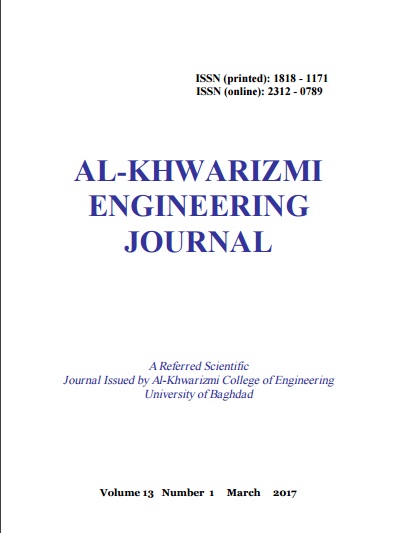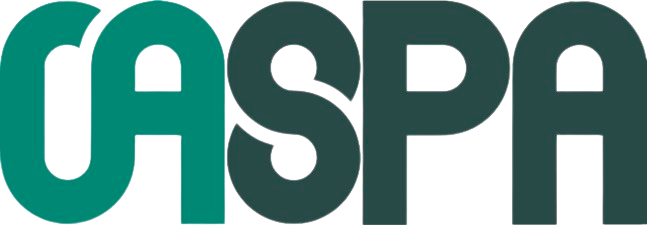Evaluations of Potable Water Tanks Epoxy Coatings Performance Using Electrochemical Impedance Spectroscopic Method
DOI:
https://doi.org/10.22153/kej.2017.12.005Keywords:
Corrosion mechanism , epoxy coats, porosity, potable water, , EIS method.Abstract
Abstract
The aim of this paper is to investigate and discuss the mechanisms of corrosion of epoxy coatings used for potable water tanks. Two distinct types of Jotun epoxy coatings: Tankguard 412 contained polyamine cured epoxy and Penguard HB contained polyamide cured epoxy, were tested and studied using the electrochemical impedance spectroscopic (EIS) method. The porosity of epoxy coatings was determined using EIS method. The obtained results showed that the two epoxy coatings have excellent behavior when applied and tested in potable water of Basrah city. Polyamine is more resistance to water corrosion compared to polyamide curing epoxy and has high impedance values. Microscopic inspection after test showed that the polyamine cured epoxy has blistering while the surface of polyamide cured epoxy showed pitting and blisters.
Keywords: Corrosion mechanism , epoxy coats, porosity, potable water, , EIS method.
Downloads
Downloads
Published
Issue
Section
License
Copyright: Open Access authors retain the copyrights of their papers, and all open access articles are distributed under the terms of the Creative Commons Attribution License, which permits unrestricted use, distribution, and reproduction in any medium, provided that the original work is properly cited. The use of general descriptive names, trade names, trademarks, and so forth in this publication, even if not specifically identified, does not imply that these names are not protected by the relevant laws and regulations. While the advice and information in this journal are believed to be true and accurate on the date of its going to press, neither the authors, the editors, nor the publisher can accept any legal responsibility for any errors or omissions that may be made. The publisher makes no warranty, express or implied, with respect to the material contained herein.















